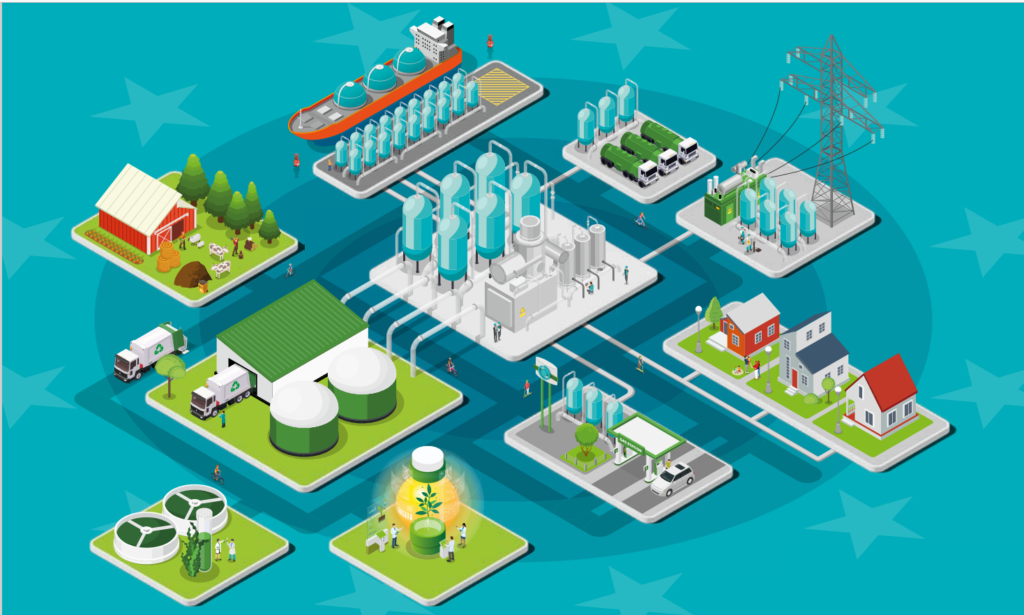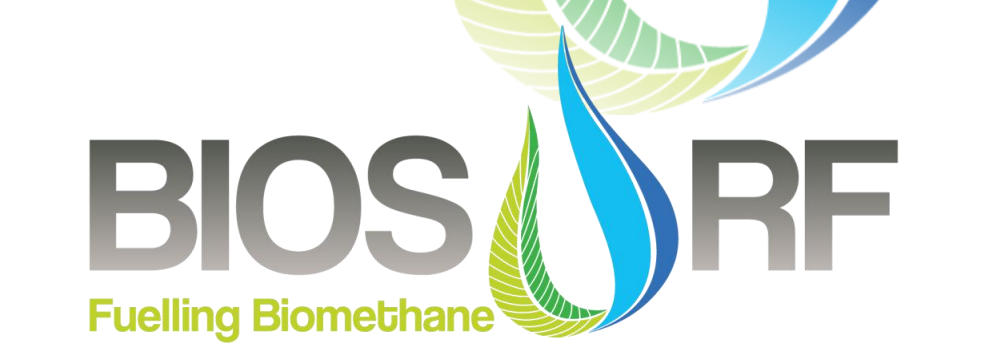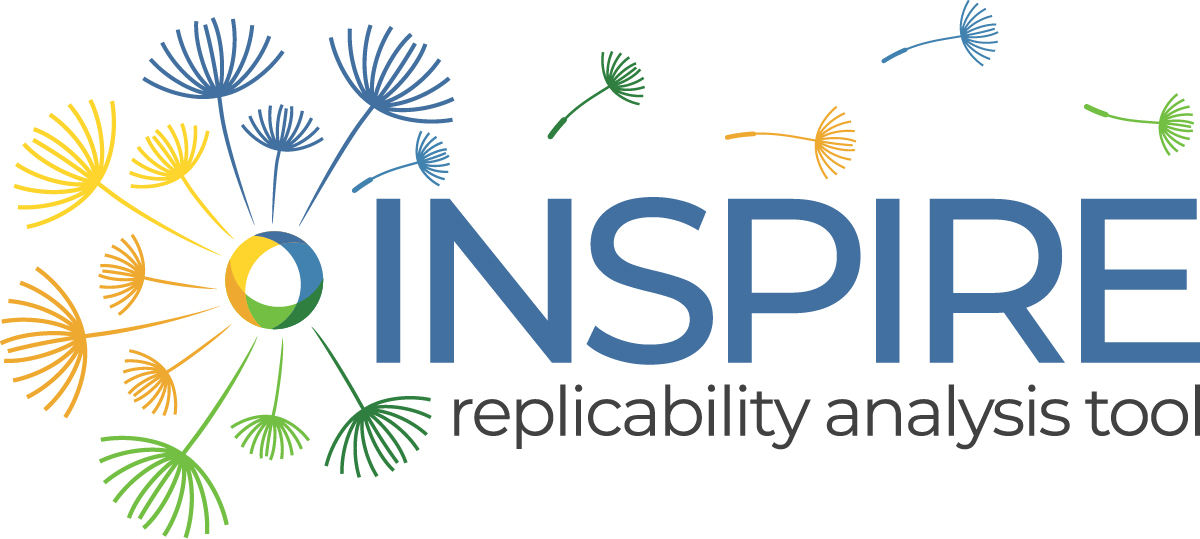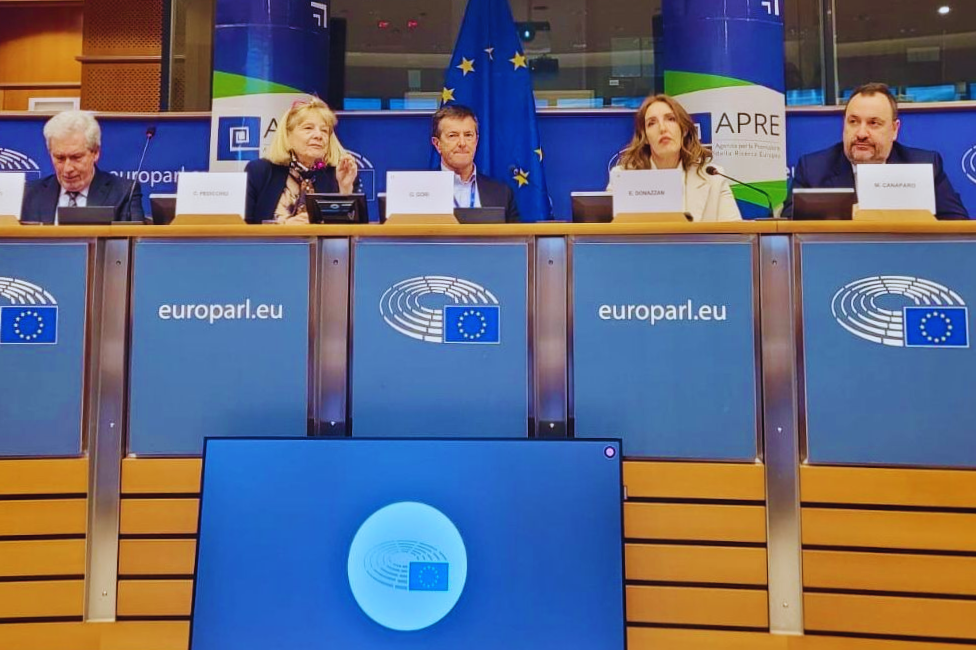
In the context of REPowerEU, the European Commission has just published the new “Innovative biomethane for REPowerEU” report, a project info pack edited by CORDIS. Working as an independent research organisation involved in sustainable energy projects for more than 50 years, ISINNOVA comes across as a trusted partner in supporting Europe’s transition away from fossil fuels.
Rising prices, climate change, domestic and international energy policies, and ultimately the conflict in Ukraine have raised the energy problem, shifting the focus on green energy production across Europe. Biomethane, a natural gas that is produced from renewable sources such as municipal and agricultural waste, is a reliable fuel that can meet the energy needs of citizens while boosting energy security and helping to deliver the ambitious European goal of a competitive, low-carbon and zero-impact economy.
Increasing biomethane production in the EU is not solely a technological challenge. According to Maria Georgiadou, Senior Expert at the Directorate-General for Research and Innovation: “To increase the biomethane share in the EU gas market, we need to understand non-technological barriers to deploying production technologies, for example regulatory, financing and social, and develop appropriate market uptake measures and mechanisms to overcome them.”
The REPowerEU Plan was launched in May 2022 in response to the hardships and global energy market disruption caused by Russia’s invasion of Ukraine. The European Commission is currently implementing its plan to help the EU with saving energy, producing clean energy, and diversifying its energy supplies.
As the REPowerEU section of the European Commission’s website recites: “Thanks to REPowerEU, we’ve safeguarded EU citizens and businesses from energy shortages, supported Ukraine by weakening Russia’s war chest, and accelerated the transition to clean energy. Our joint efforts continue, and Europe is now better prepared and more united than ever. Putin’s attempt to blackmail Europe using energy has failed.”
ISINNOVA, which is mentioned several times in the “Innovative biomethane for REPowerEU”, is not new to sustainable, low carbon emission, and green-energy implementation projects.
BIOSURF

The first project quoted by the European Commission is BIOSURF, funded under the Horizon 2020-ENERGY program. Started in 2015, and ended in 2017, BIOmethane as SUstainable and Renewable Fuel (BIOSURF) extended national registries of biogas injection to the whole of Europe, enabling movements of biomethane through the European natural gas infrastructure. It also developed a calculation to quantify the greenhouse gas emissions of biomethane that are compliant with both the RED framework and the EU Emissions Trading System.
REGATRACE

The second ISINNOVA-led project mentioned on “Innovative biomethane for REPowerEU” is REGATRACE, which opened the portal to Europe’s biomethane trade. The EU-funded REGATRACE project created an efficient trade system based on the issuing and trading of biomethane gas certificates. These provide Guarantees of Origin (GoO) and Proof of Sustainability (PoS) for biomethane and other renewable gases. The creation of an efficient and trusted trade system is vital for increasing the European biomethane market, enabling investments, and promoting secure cross-border trade.
According to Stefano Proietti, senior researcher at ISINNOVA and REGATRACE project coordinator, “This strongly contributed to the uptake of the European common biomethane market. Significant help was also provided by the comprehensive set of the project’s actions at the country level. The guidance will also assist project developers in planning and realising biomethane investment projects. All of this will strongly contribute to the REPowerEU Plan”.
BIOMETHAVERSE

The third project starring in the “Innovative biomethane for REPowerEU” report is BIOMETHAVERSE, currently in progress: “The project aims to diversify the technology basis for biomethane production in Europe, increase its cost-effectiveness, and contribute to the investment in and uptake of the biomethane market,” says Stefano Proietti, leading, through ISINNOVA, another ground-breaking biomethane initiative.
Developing new technologies for cost-efficient biomethane production can reduce the production cost of biomethane by almost half. Biomethane, a renewable natural gas made from decaying organic matter, such as food, agricultural, and animal waste, could play a key role in achieving Europe’s ambitious climate and energy objectives. However, for this to happen, new technologies are needed to efficiently produce it. The project also aims to advocate the creation of policies and incentive schemes that support biomethane production. For example, some of the planned technologies will convert excess electricity into biomethane, while others will leverage existing gas grids for storage and transport.
“The costs of producing biomethane with renewable energy or hydrogen should be comparable to the costs of long-term energy storage or other renewable technologies,” notes Proietti. Also, the project will involve a combination of innovative technologies, in-depth research into new feedstocks, and careful market analysis. “Demonstrator replicability, market penetration, and policy are all at the heart of the BIOMETHAVERSE project, as are cross-site learning, upscaling, sustainability, and the circular economy,” he adds.
Although BIOMETHAVERSE is still in its early phases, Proietti is confident that the project will succeed in reducing the costs of producing biomethane by as much as 44 % and will enable an estimated 66% increase in biomethane production by 2030. Not only will this significantly reduce greenhouse gas emissions, but it will also create an estimated 294 000 jobs. “The successful implementation and adoption of ‘our’ biomethane technologies will decrease Europe’s energy costs, reduce our dependence on fossil fuels and help us achieve our Green Deal objectives,” concludes Proietti.
All these success stories now position ISINNOVA among the important actors fuelling the market uptake of biomethane.




